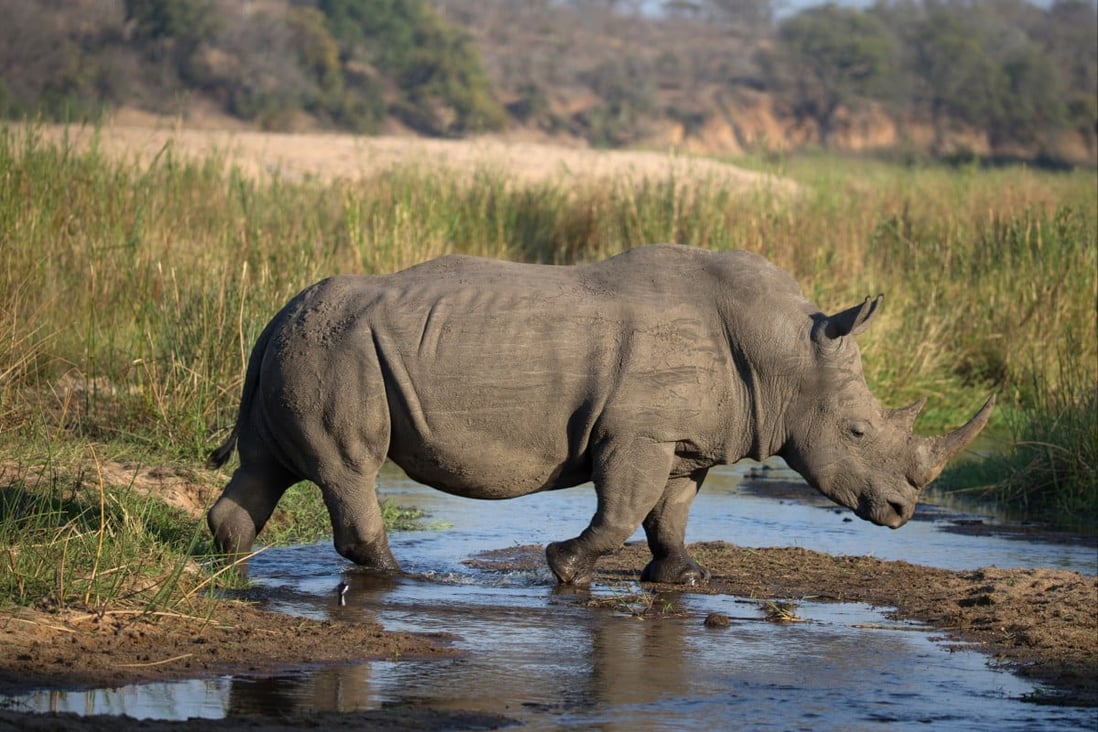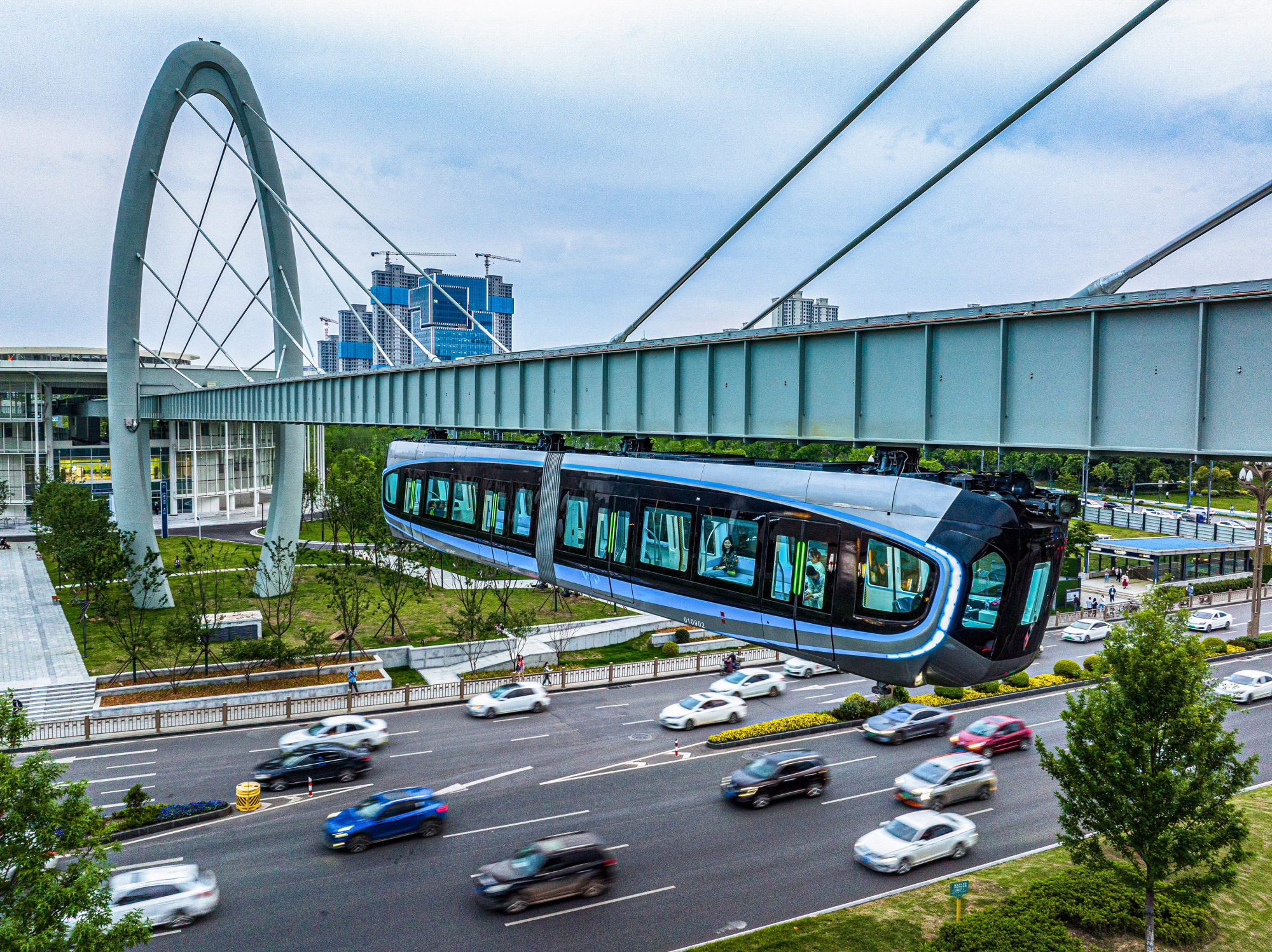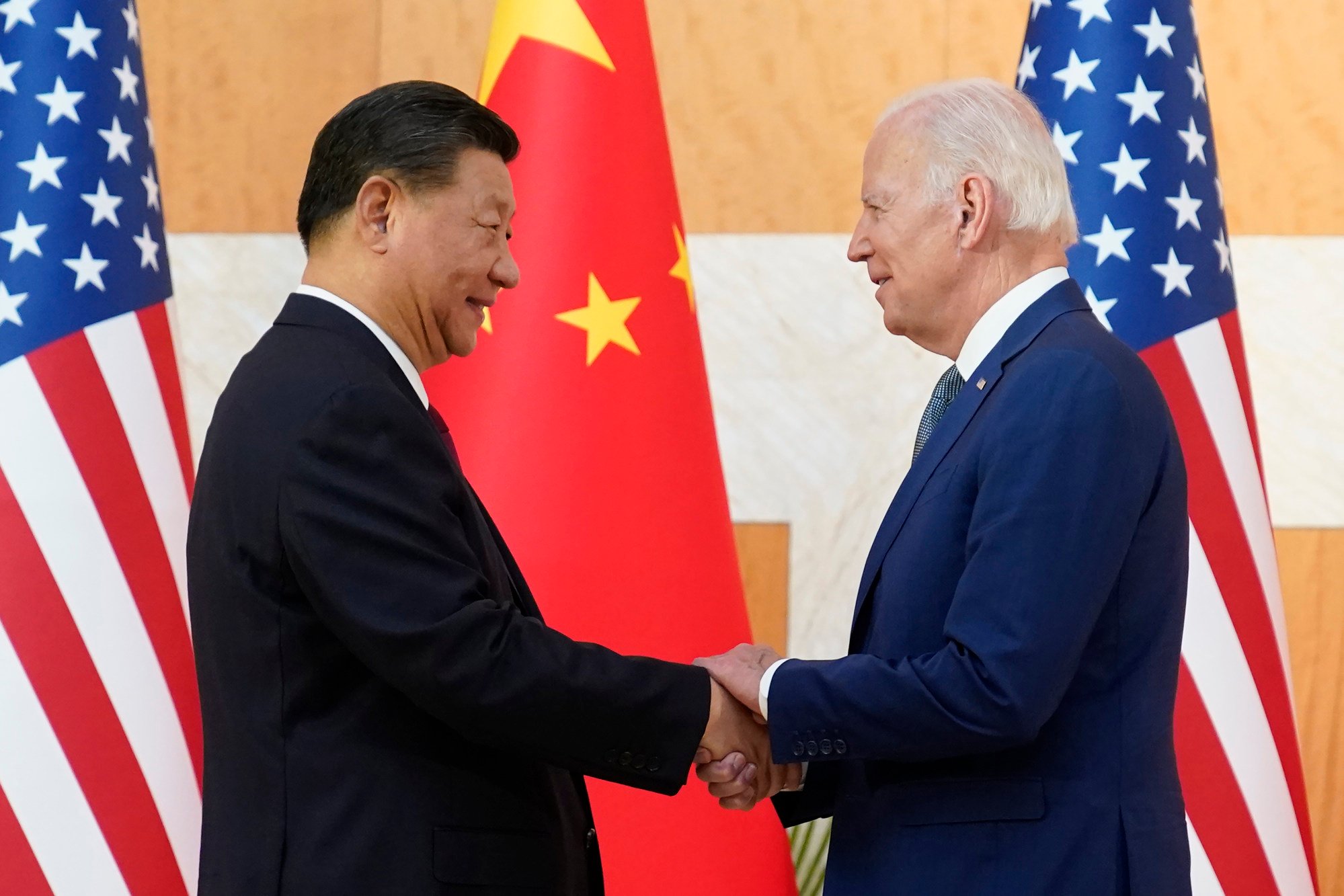Zhou Xin

The nation’s birth rate is plunging, its debt bubble is threatening to burst, and its allure as the world’s factory is losing its shine
Chinese authorities have already taken measures to prepare for these highly probable, high-impact threats, but more needs to be done
China’s three biggest “grey rhinos” are growing. The term, coined by American author Michele Wucker to describe highly probable and high-impact threats, aptly describes the country’s demographic crisis, its mountain of debt and its decoupling with other major economies.
With China’s birth rate already falling off a cliff, the first grey rhino turns out to be far more menacing than previously expected. The country has already lost its title as the world’s most populous nation to India. The latest rumour is that China’s number of births could drop below 8 million this year, in another deep fall from 9.56 million in 2022, according to pregnancy records compiled by hospitals up till May.
If true, that would mark the lowest numbers since the People’s Republic of China was founded in 1949. It would also add fresh evidence that the country is plunging into the low-fertility trap that it created through decades of birth restrictions.
The ageing Chinese town where the one-child policy worked too well
Some Chinese researchers have argued that the country, with improved education and a massive labour force, would continue to benefit from new “demographic dividends” – favourable conditions for economic growth owing to the sheer size of the population.
But the argument is false because a rapidly ageing population is not a dividend. In fact, the demographic shift has already started to erode China’s growth momentum, and the problem will only get worse in the foreseeable future.
The second grey rhino – China’s debts, in particular local government debts – has been in view for years, and authorities have been trying to de-leverage for a long time. Although China has successfully avoided a debt crisis so far, room to muddle through this issue is shrinking fast.
It is a poorly-kept secret that it will be impossible for many local-government financing arms to repay their debts. Kunming, the capital of southwest Yunnan province, had to publicly deny a widely circulated memo stating that local financing vehicles were in trouble.

A monorail sky train runs over a street in Wuhan, central China’s Hubei province. Photo: Xinhua
In the past, China relied on its rapid economic growth to fix its debt issues. But as the economy loses its momentum, the country no longer has that luxury. With government, corporate and household debts at above 300 per cent of national gross domestic product, China may finally have to face the consequences of overborrowing.
It is also worth noting that China’s household balance sheet, which has been regarded as safe for a long time, may start to turn bad. Chinese families that borrowed heavily to buy property in the past years would suffer from debt if their incomes were reduced after lay-offs from high-paying jobs in technology and finance.
The third grey rhino, the decoupling between China and advanced economies such as the US and Japan, is a complicated process and will not happen overnight. But while China’s export power remains formidable, it also is sailing against political winds.
Call it de-risking or decoupling, but the days are over when economic integration and trade trumped value differences. China, the largest benefactor of globalisation in the earlier part of this century, has to prepare for a less accommodating international environment.

Chinese President Xi Jinping and US President Joe Biden shake hands before their meeting on the sidelines of the G20 summit in November 2022. Photo: AP Photo
The nation’s economic upgrading and technology catch-up may slow, and it may lose manufacturing advantages as multinational companies start to marginalise or exclude it from supply chains.
The three grey rhinos have been fed by long-held views that the Chinese population remains large, its high growth will keep on for decades, and its market and factories are too important to do without. All these arguments have valid points, but they cannot be taken for granted as eternal truth.
To be sure, China has already taken measures to prepare for these threats, but more needs to be done. For example, the country’s meagre child birth subsidies should be replaced by a new national fertility campaign that includes comprehensive tax, housing and education policies.
Ultimately, China has to rely on economic liberalisation and opening-up to make its people more confident about the future. When the public is optimistic, the three grey rhinos will be much easier to manage.
No comments:
Post a Comment